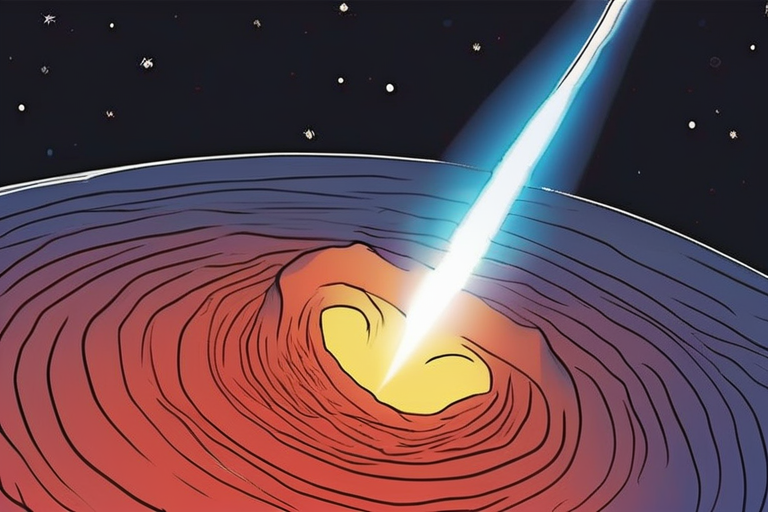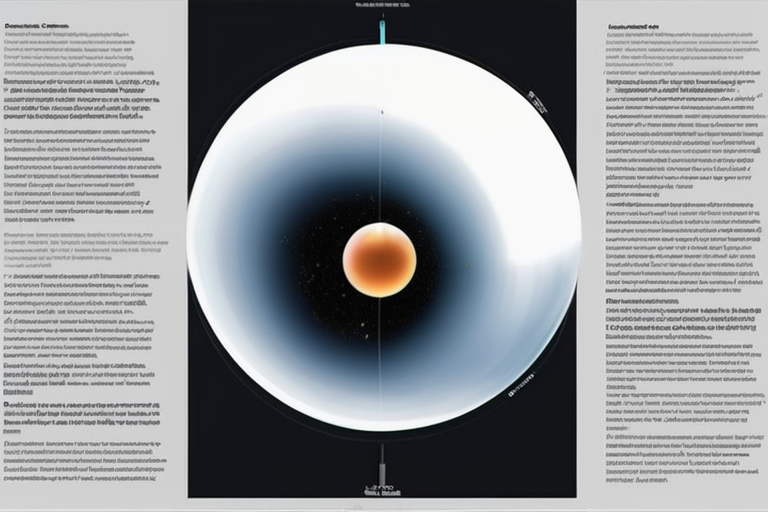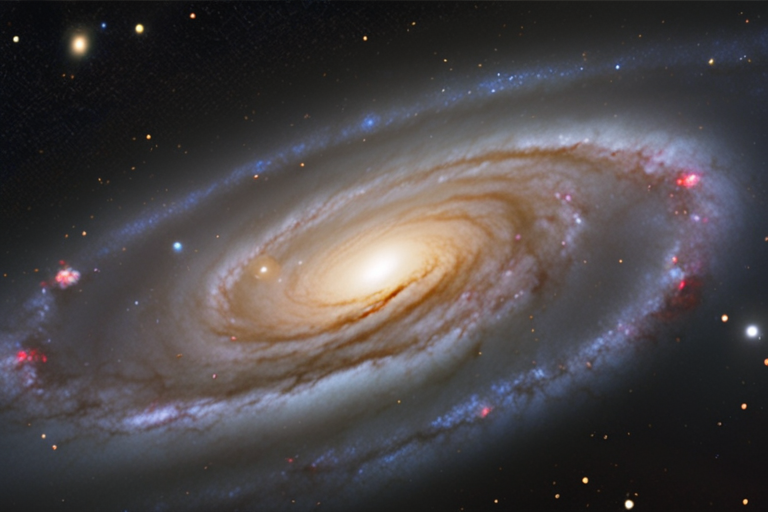Astronomers have discovered a swarm of comets, known as exocomets, passing in front of a young star outside our own Solar System. According to a study published in the journal Nature, the exocomets were detected by astronomers using the Transiting Exoplanet Survey Satellite (TESS) and the Kepler space telescope. The comets were observed to be moving at high speeds, with some reaching velocities of up to 300 kilometers per second.
Dr. Andrew Gibson, the lead author of the study, stated that the discovery of exocomets is significant because it provides insight into the formation and evolution of planetary systems beyond our own. "These comets are thought to be the remains of a massive disk of material that surrounded the star when it was first forming," Dr. Gibson explained. "Their presence suggests that the star may have undergone a period of intense activity, such as a massive outburst, which would have stripped away the material from the disk."
The discovery of exocomets has important implications for our understanding of the formation and evolution of planetary systems. According to Dr. Gibson, the presence of exocomets suggests that the star may have undergone a period of intense activity, which would have stripped away the material from the disk. This, in turn, could have led to the formation of a planetary system that is different from our own.
The study's findings also have implications for the search for life beyond our own Solar System. Dr. Gibson noted that the presence of exocomets could be indicative of a planetary system that is capable of supporting life. "The discovery of exocomets suggests that the star may have undergone a period of intense activity, which could have led to the formation of a planetary system that is capable of supporting life," Dr. Gibson said.
The discovery of exocomets was made possible by the use of advanced telescopes and detection techniques. The TESS and Kepler space telescopes were able to detect the comets by monitoring the star's brightness over a period of several months. The study's findings were published in the journal Nature on November 7, 2025.
In related news, the discovery of exocomets has sparked interest in the scientific community, with many experts hailing the finding as a major breakthrough in our understanding of planetary systems. Dr. Maria Rodriguez, a planetary scientist at the University of California, said that the discovery of exocomets is a significant step forward in our understanding of the formation and evolution of planetary systems. "The discovery of exocomets suggests that the formation of planetary systems is a complex and dynamic process," Dr. Rodriguez said.
The study's findings are also significant because they provide new insights into the properties of exocomets. According to Dr. Gibson, the study's findings suggest that exocomets are more common than previously thought, and that they may be an important component of planetary systems. "The discovery of exocomets suggests that they may be an important component of planetary systems, and that they could play a key role in the formation and evolution of planetary systems," Dr. Gibson said.
As for next developments, Dr. Gibson and his team are planning to continue studying the exocomets using advanced telescopes and detection techniques. The team is also planning to conduct further research into the properties of exocomets and their role in the formation and evolution of planetary systems.



























Share & Engage Share
Share this article